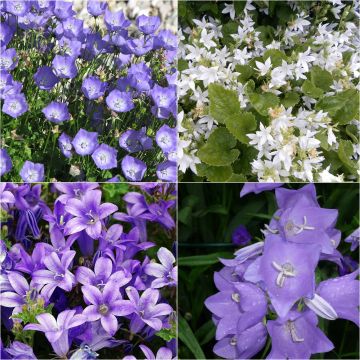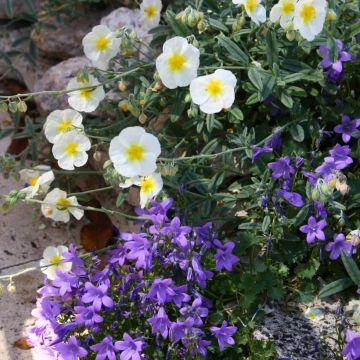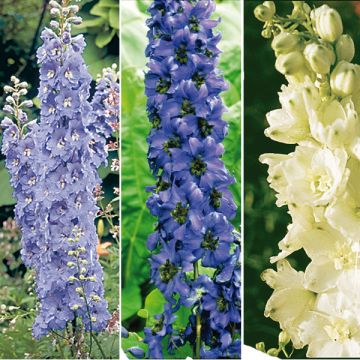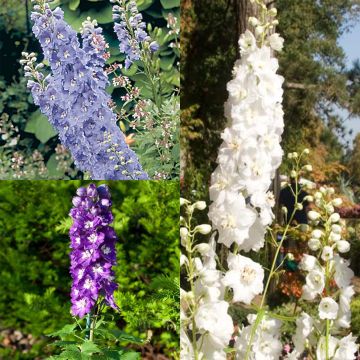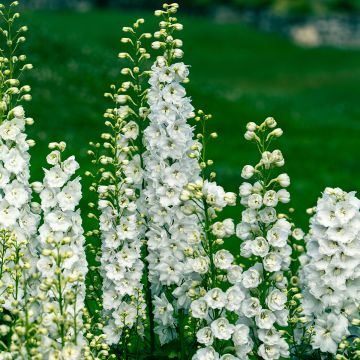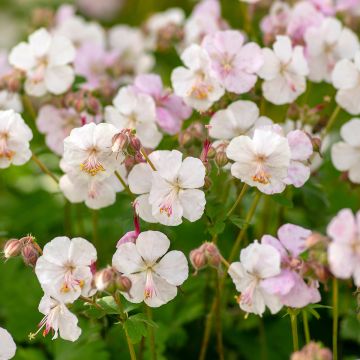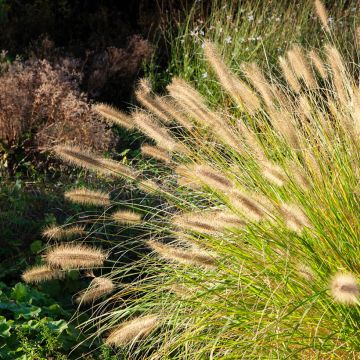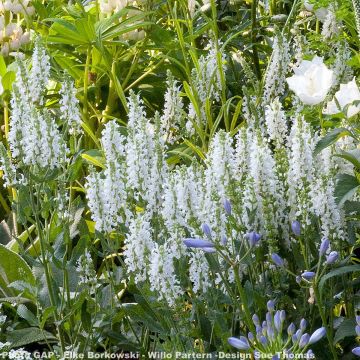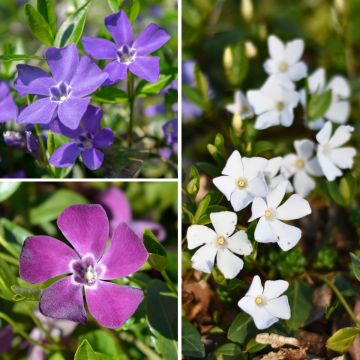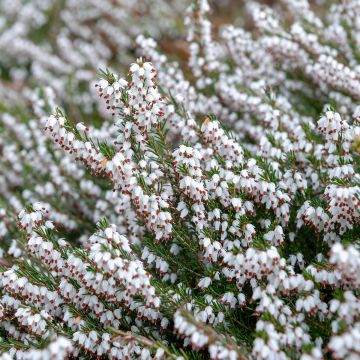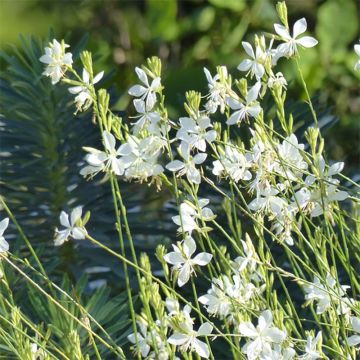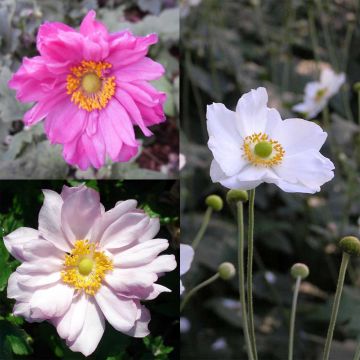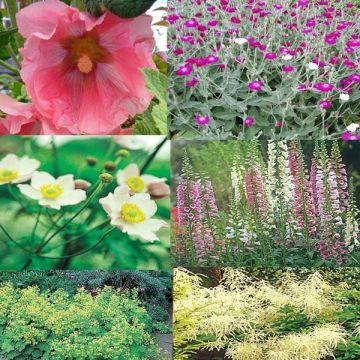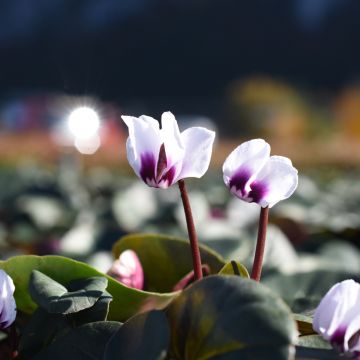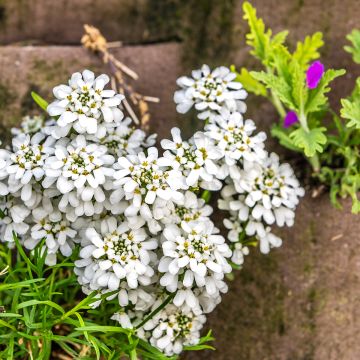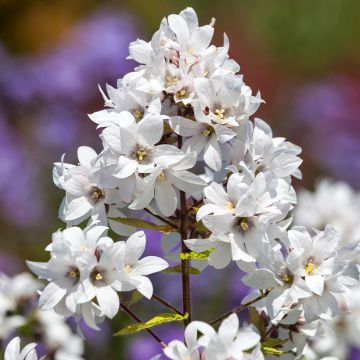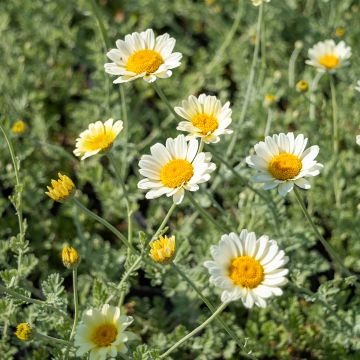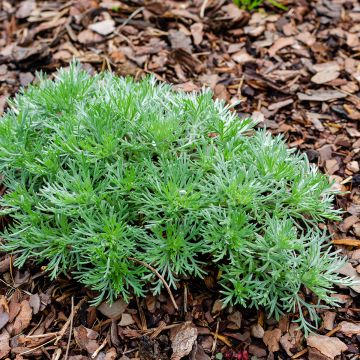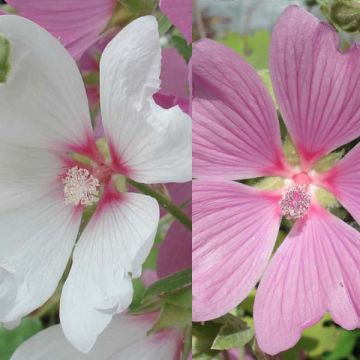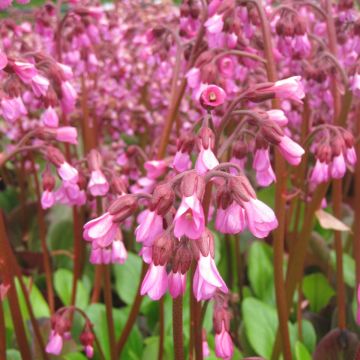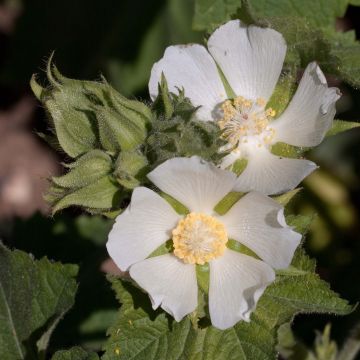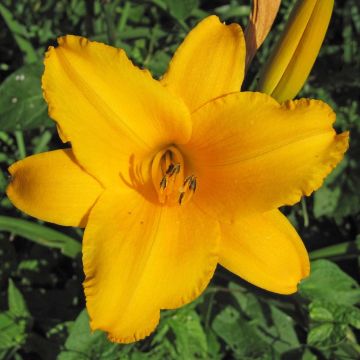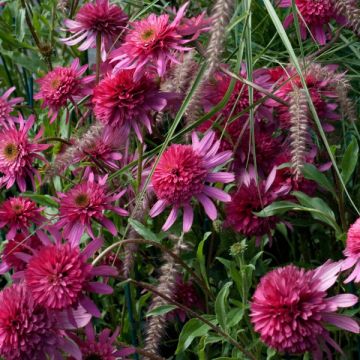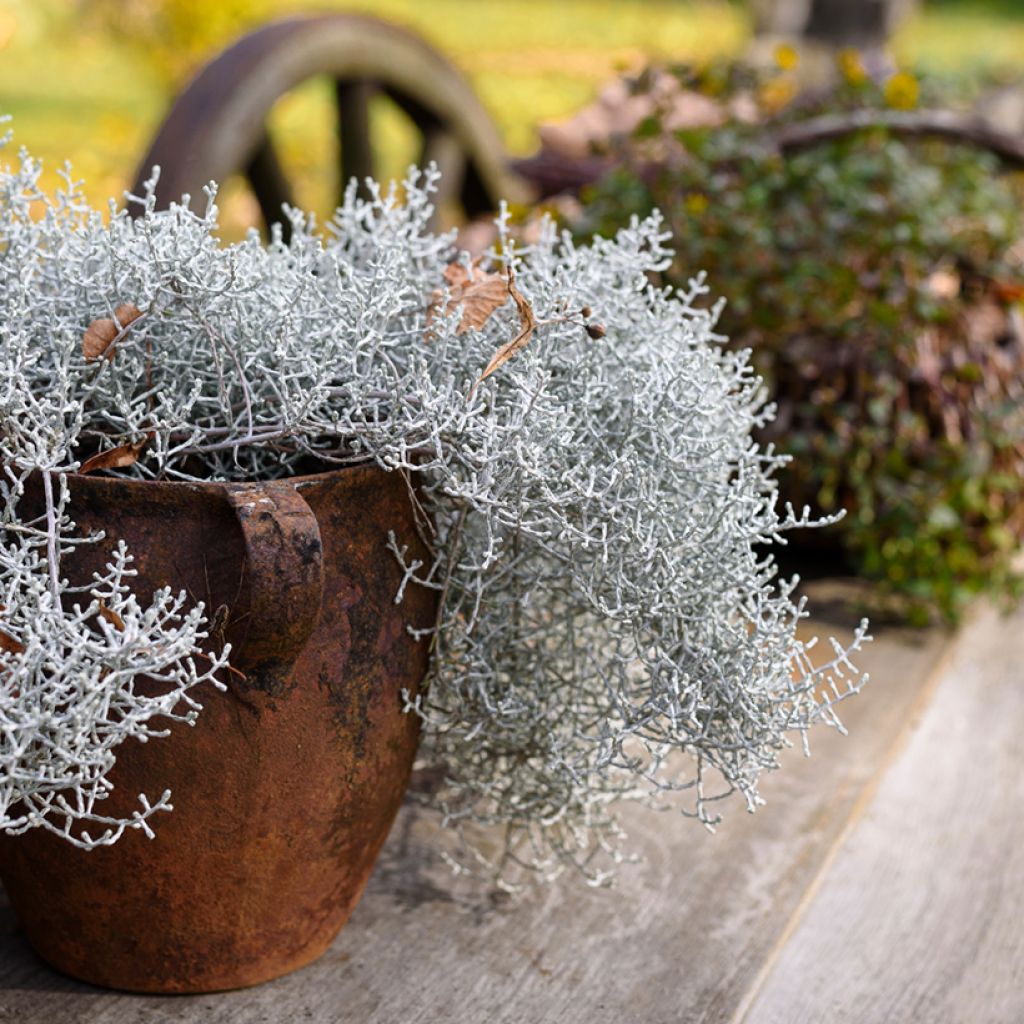

Leucophyta brownii - Cushion Bush
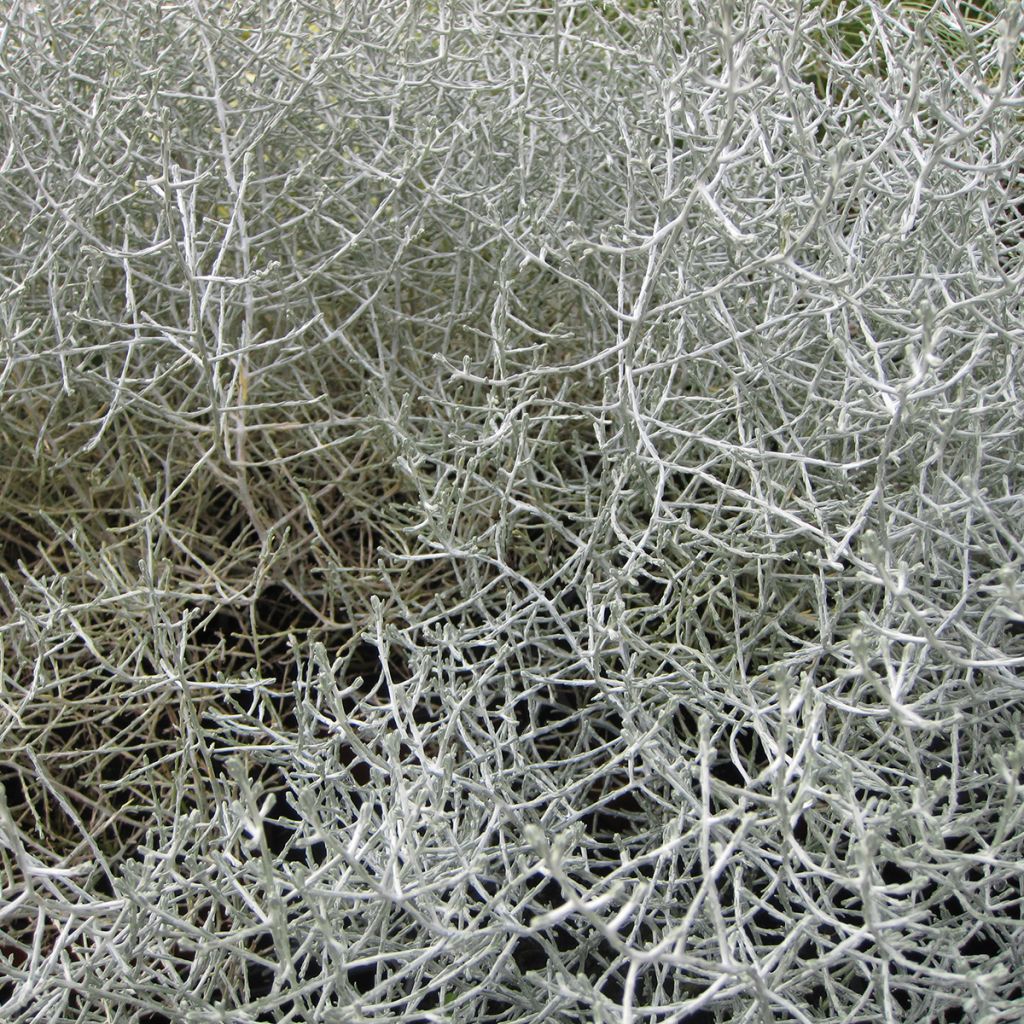

Leucophyta brownii - Cushion Bush
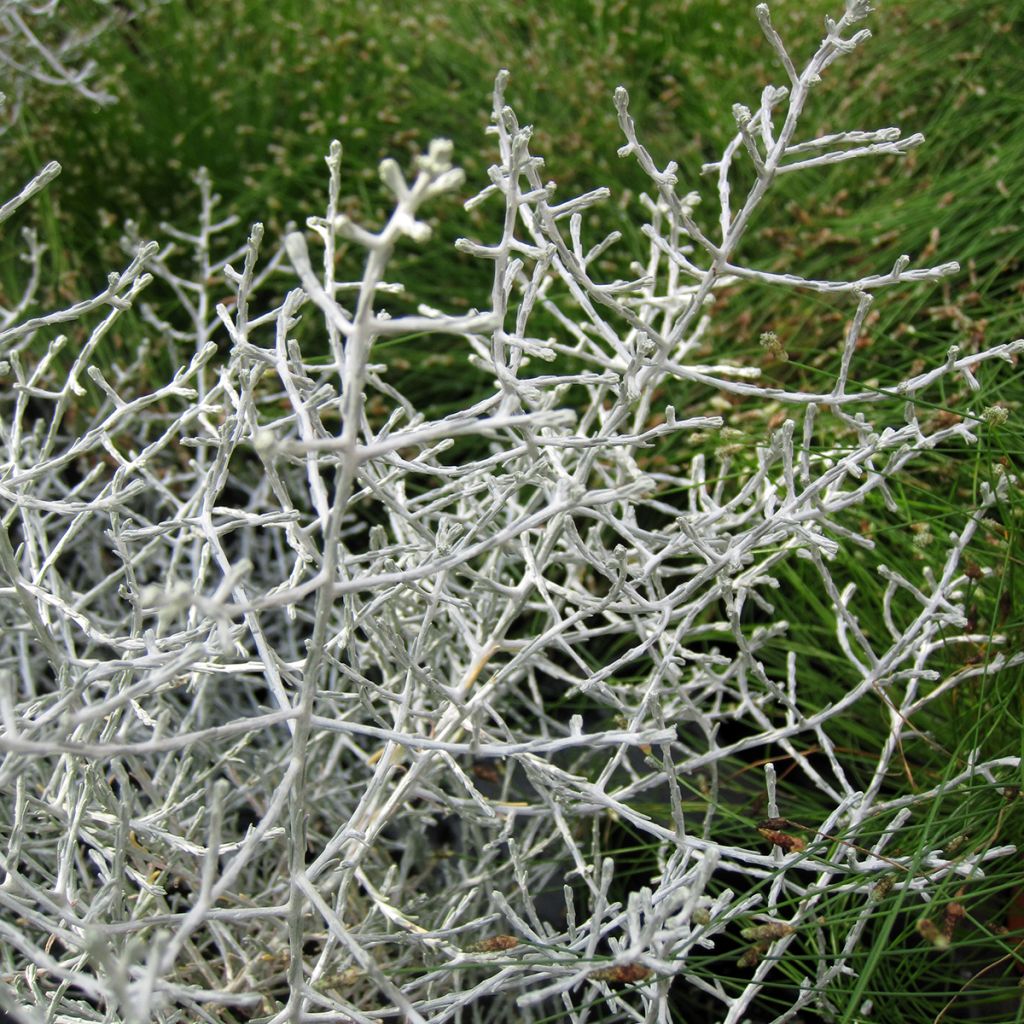

Leucophyta brownii - Cushion Bush
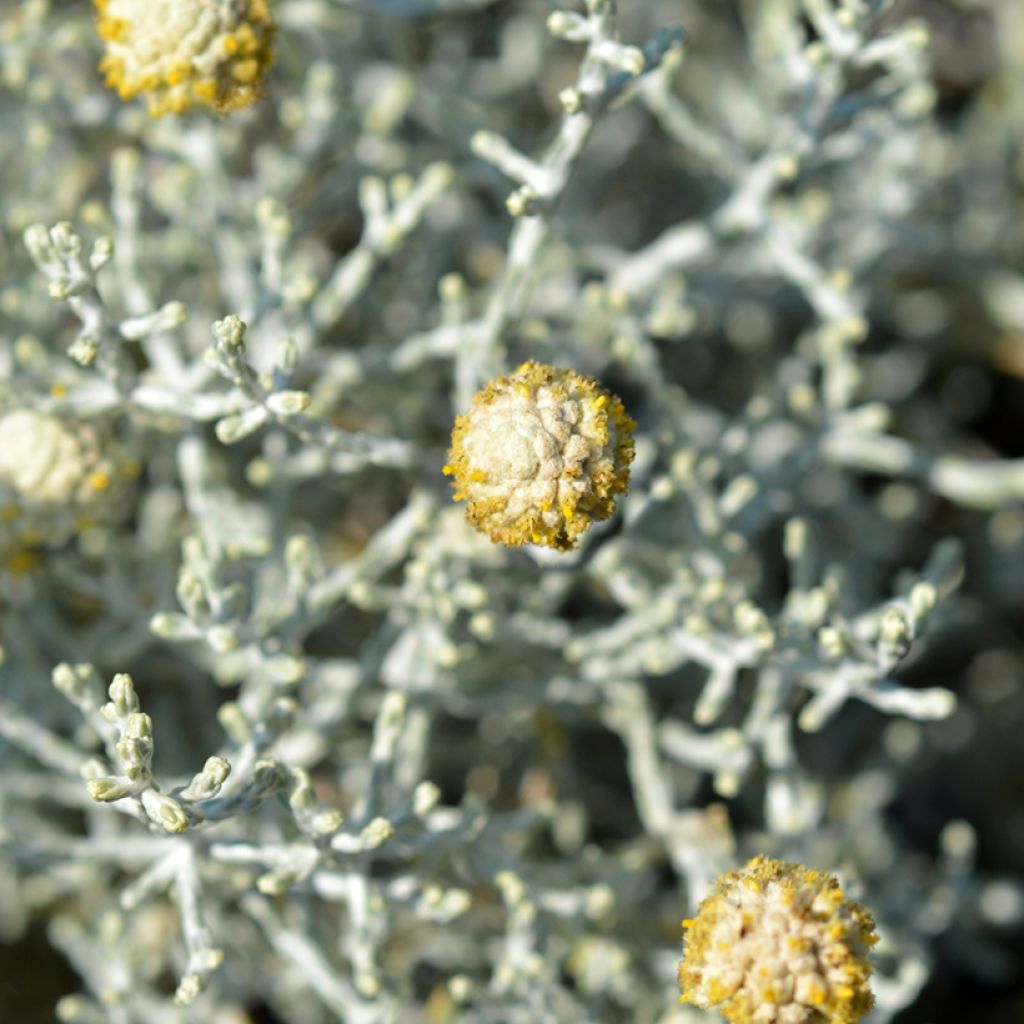

Leucophyta brownii - Cushion Bush
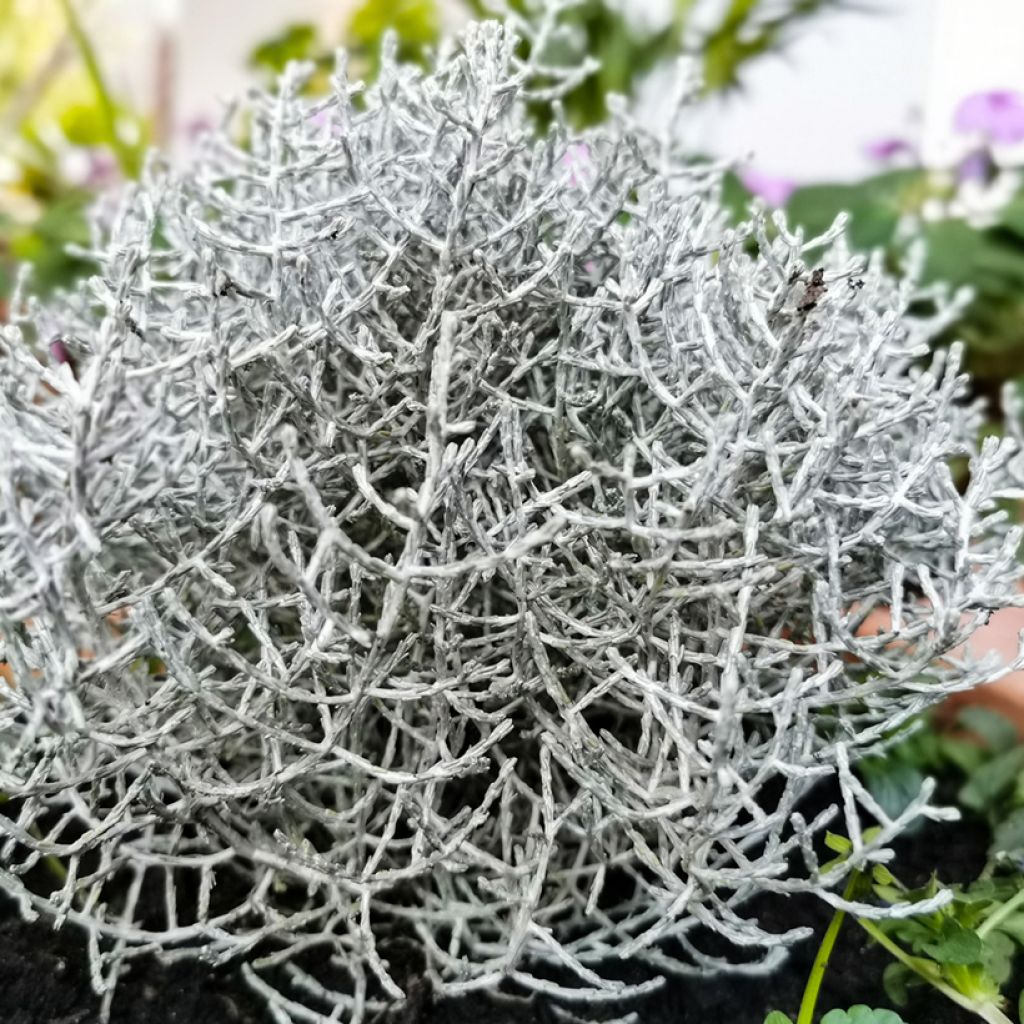

Leucophyta brownii - Cushion Bush
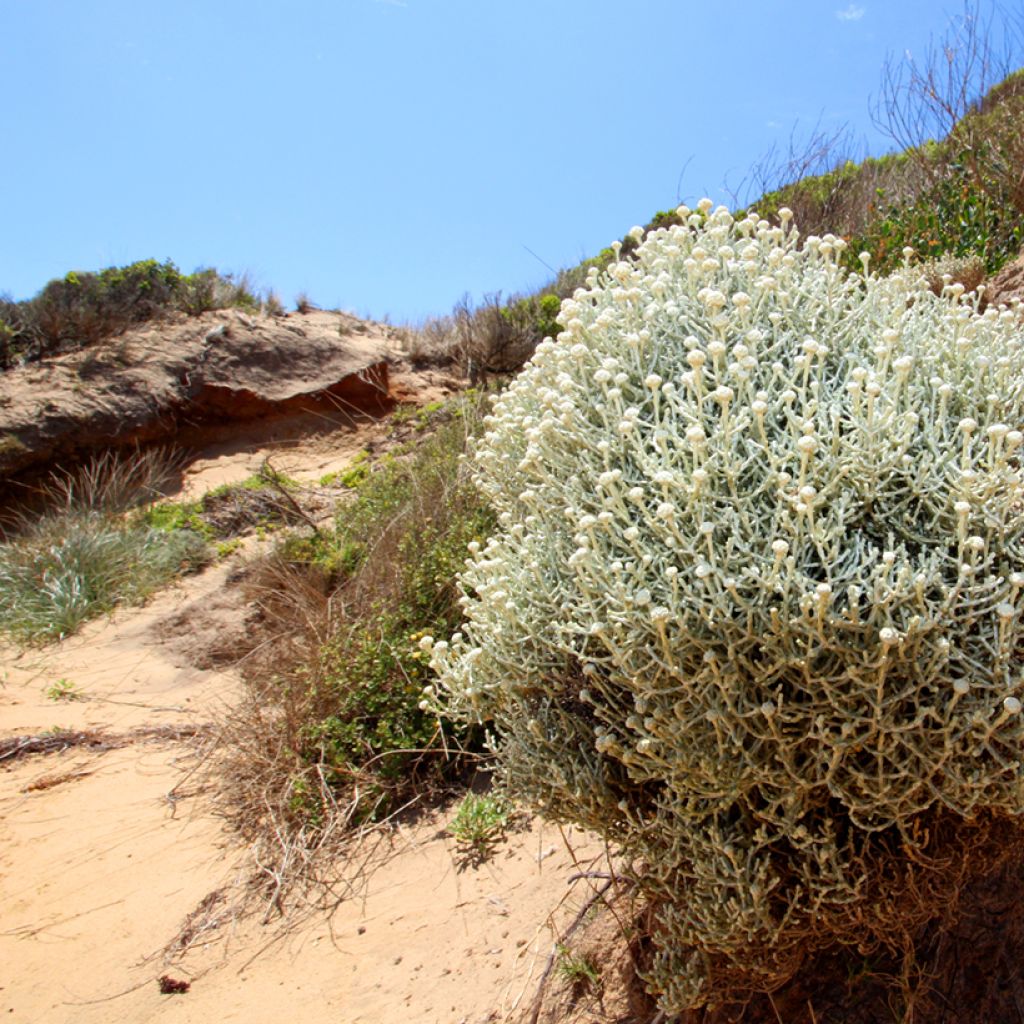

Leucophyta brownii - Cushion Bush
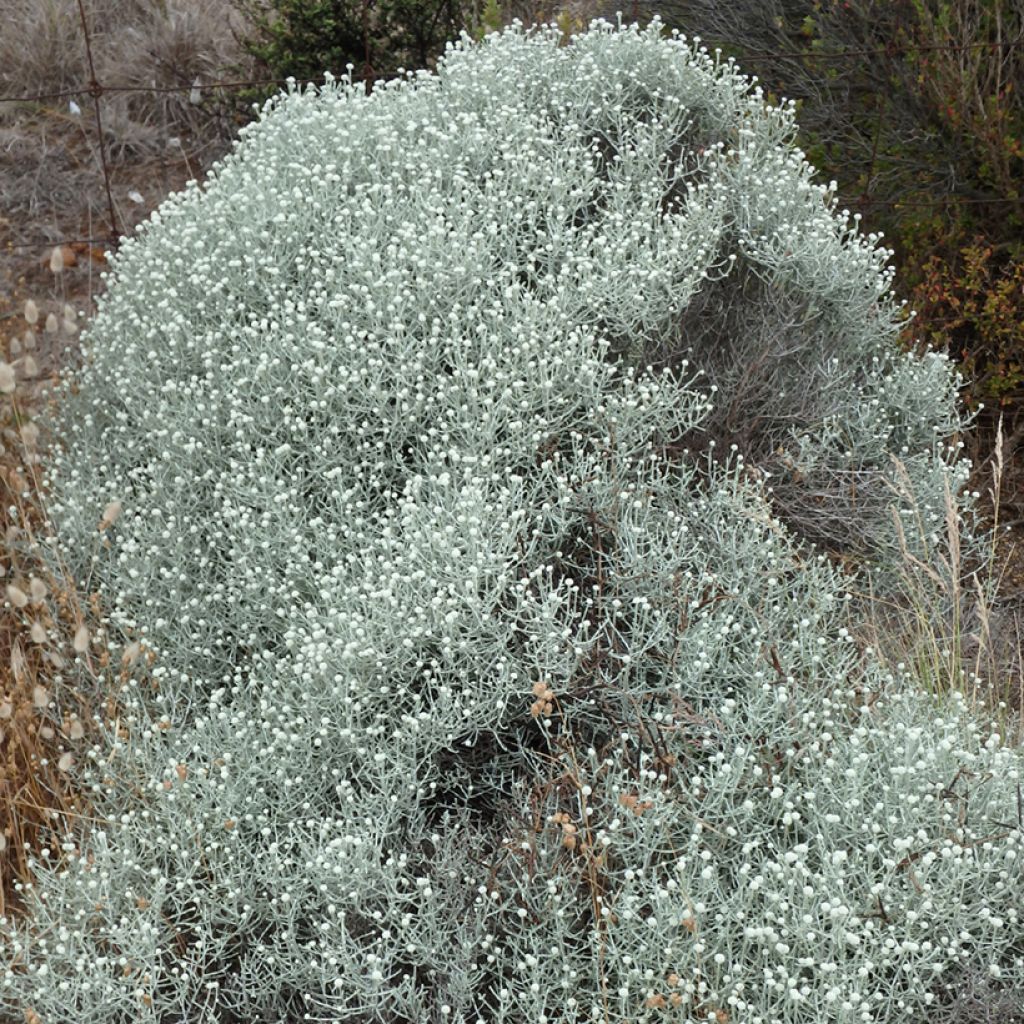

Leucophyta brownii - Cushion Bush
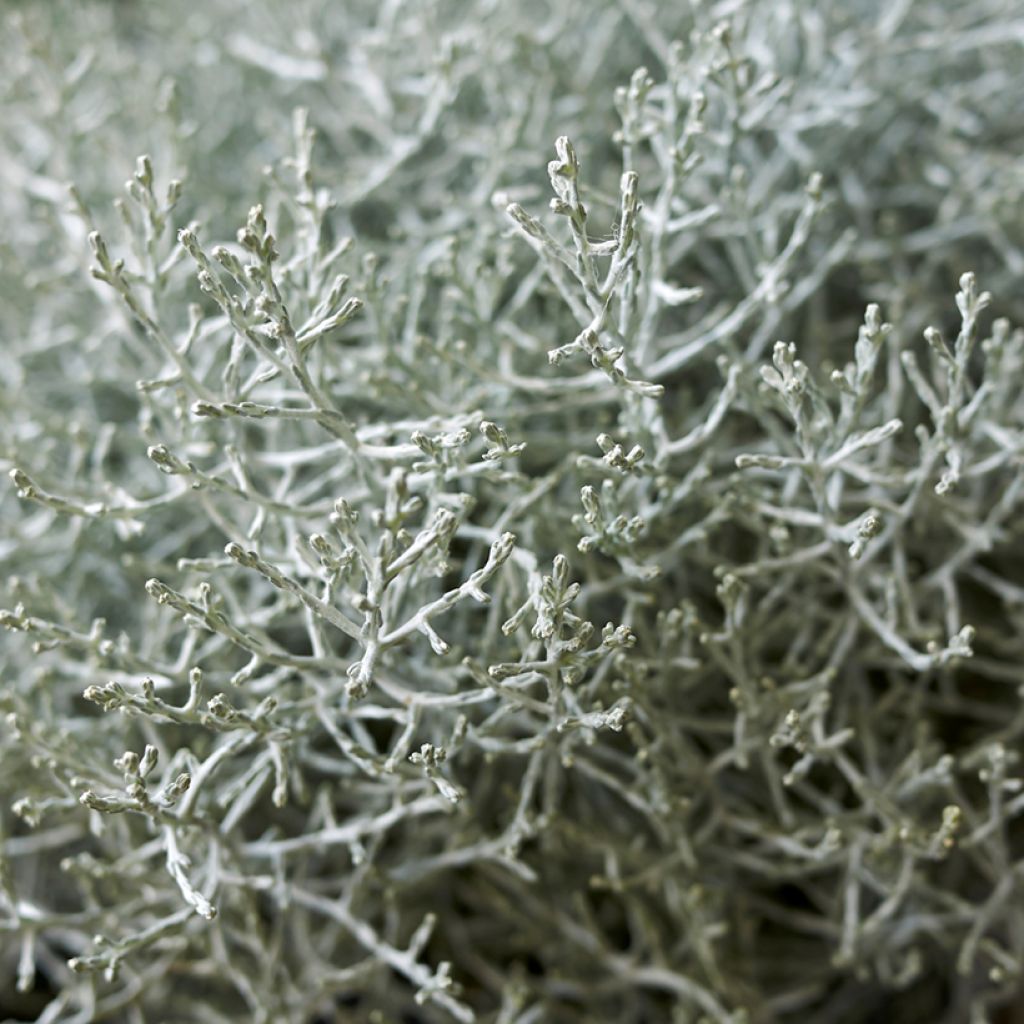

Leucophyta brownii - Cushion Bush
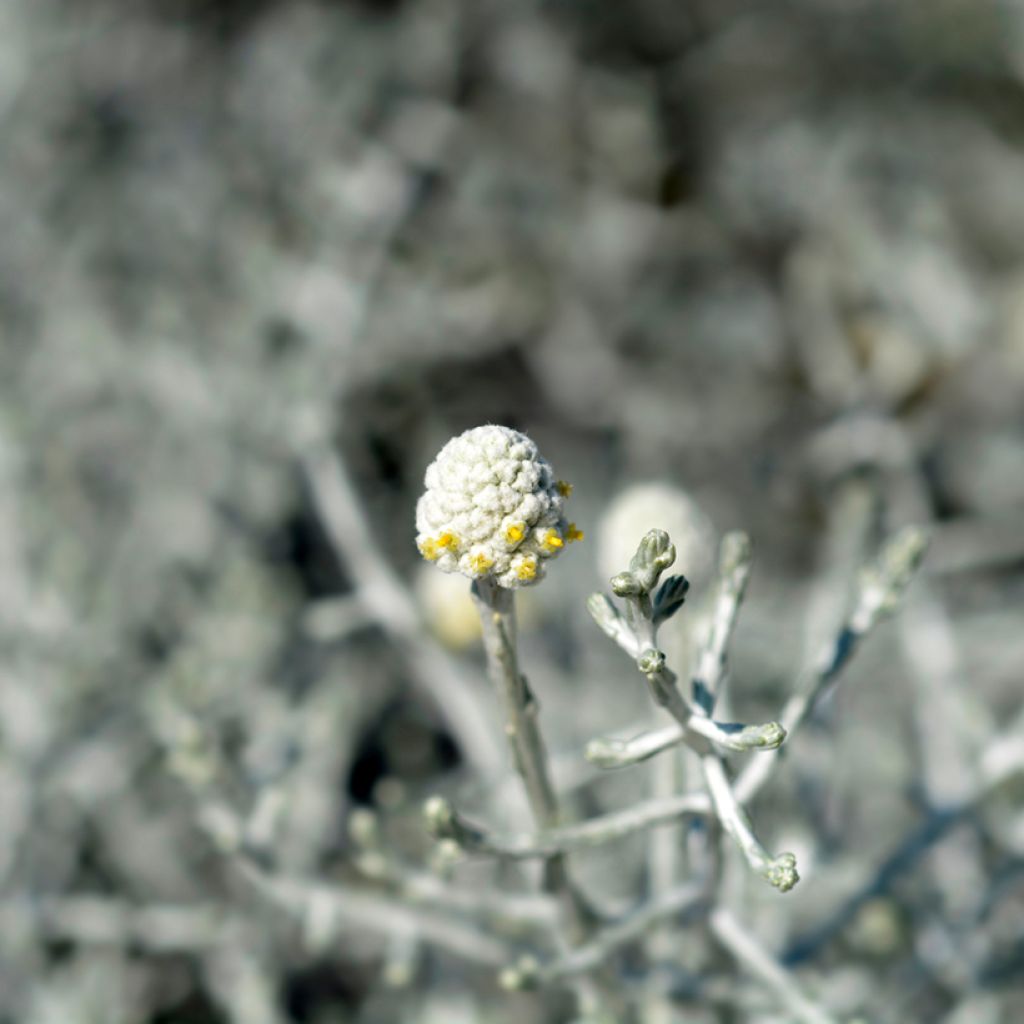

Leucophyta brownii - Cushion Bush
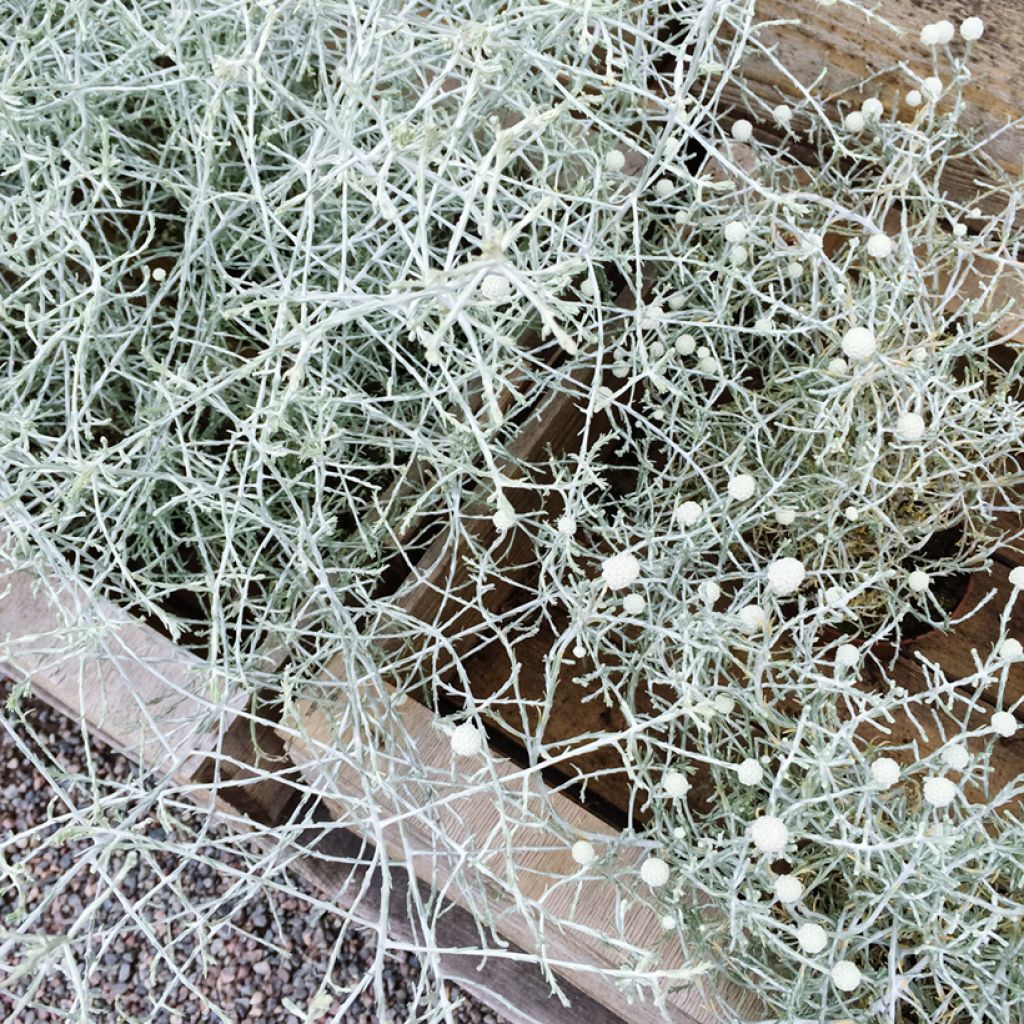

Leucophyta brownii - Cushion Bush
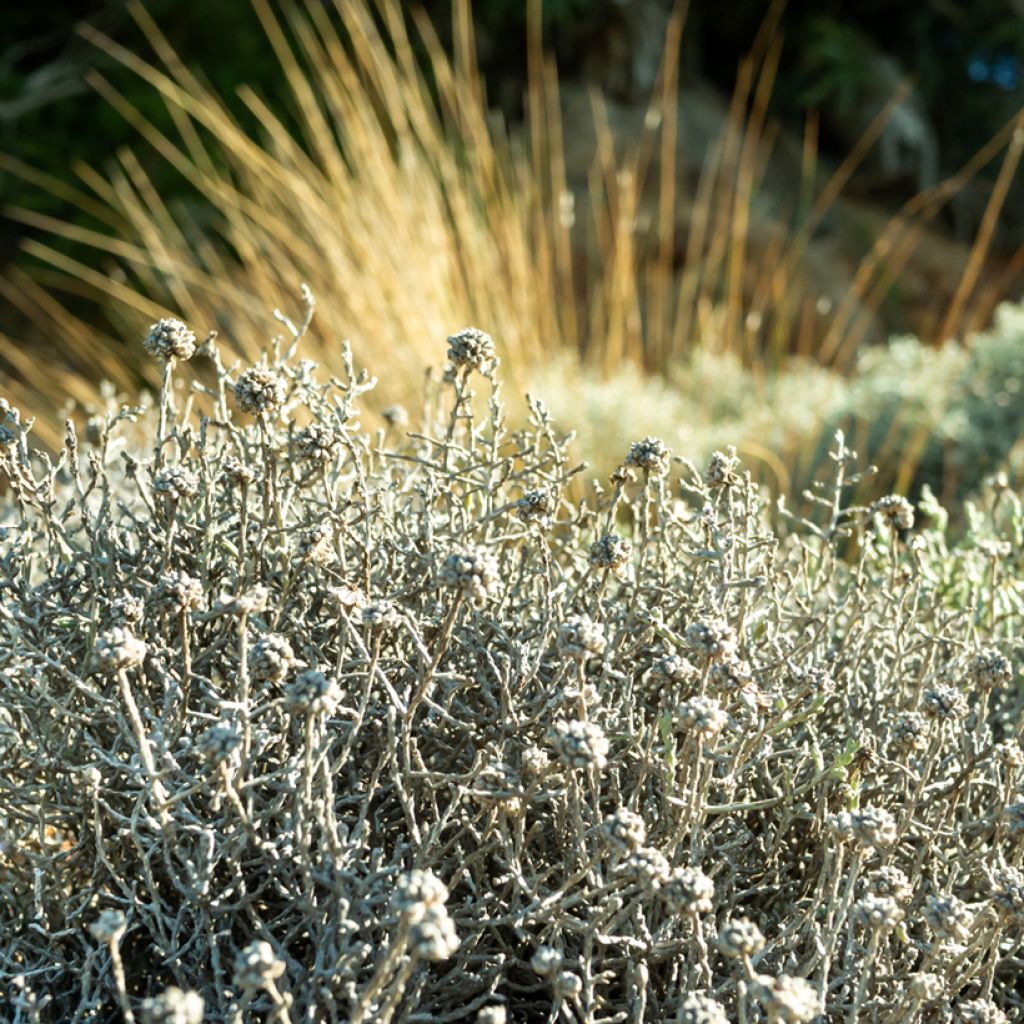

Leucophyta brownii - Cushion Bush
Leucophyta brownii - Cushion Bush
Leucophyta brownii
Cushion Bush, Silver Bush, Cushion Plant
Why not try an alternative variety in stock?
View all →This plant carries a 24 months recovery warranty
More information
We guarantee the quality of our plants for a full growing cycle, and will replace at our expense any plant that fails to recover under normal climatic and planting conditions.
From €5.90 for pickup delivery and €6.90 for home delivery
Express home delivery from €8.90.
Does this plant fit my garden?
Set up your Plantfit profile →
Description
Leucophyta brownii is a decorative shrub with its silvery grey foliage reduced to small scales pressed against slender stems. The vegetation of this plant is bright, and particularly architectural. Spontaneously adopting a sprawling cushion habit, it flowers in summer, with small white to yellow heads slightly rising above the mass of foliage. This is a tender species. It should be planted in a pot, to be sheltered indoors during winter.
Formerly known as Calocephalus brownii, this shrub native to Australia belongs to the large family of Asteraceae (formerly Compositae), as its flower heads may suggest. The genus Leucophyta comprises only one species, L. brownii, native to the southern coast of Australia.
It is a shrub perfectly adapted to dry conditions due to its leaves reduced to simple scales to minimise evaporation through transpiration. Moreover, both the leaves and stems are covered with hairs that further increase their resistance to drought (by reducing the drying effect of the wind, which cannot directly reach the leaf cuticle due to this fluffy mat). The stems and leaves have a superb silvery grey colour that reflects light - yet another adaptation to the arid natural medium - adding to the style of the plant.
Leucophyta grows slowly and forms a cushion wider than it is tall, generally not exceeding 80 cm in height. In summer, it produces heads, which are inflorescences composed of tiny clustered flowers (hence the former name of the family, the Compositae). Ranging in colour from white to yellow, these heads resemble small spheres only 2 to 3 cm in diameter and are only moderately decorative. This is why some enthusiasts prefer to sacrifice them by regularly pruning the plant into a dome shape to enhance its architectural appearance. This also helps prevent the stems from elongating too much, which can sometimes cause them to splay outwards, creating a void in the centre of the plant. Leucophyta is indeed more an ornamental foliage plant than a true flowering plant.
This not very hardy leucophyta can only withstand light frosts of short duration, at most -5 °C if placed in good conditions. This shrub is highly resistant to sea spray, which is not surprising given its excellent adaptation to dry conditions (salty air has the same effect as drought). However, it absolutely cannot tolerate excess water, which causes the collar to rot. Everywhere but in very mild climates, it should be planted in a pot to be brought indoors into a bright and frost-free location during winter (hence the interest of annual pruning to keep it compact). It should then be kept dry, with infrequent and well-spaced watering.
Leucophyta brownii can only be cultivated in open ground in very mild climates where it can be planted alongside other exotic plants, such as Grevillea Poorinda Rondeau, a small evergreen dark green shrub with magnificent pink-red flowering that lasts for several months. Planted in the background of the Leucophyta, it will provide a dark backdrop that will further highlight its grey foliage. Lantana Chapel Hill Yellow, a relatively hardy variety, will also be a good companion with its similarly dark green foliage and its round orange-yellow flowers that will take over from those of the Grevillea.
Report an error about the product description
Leucophyta brownii - Cushion Bush in pictures
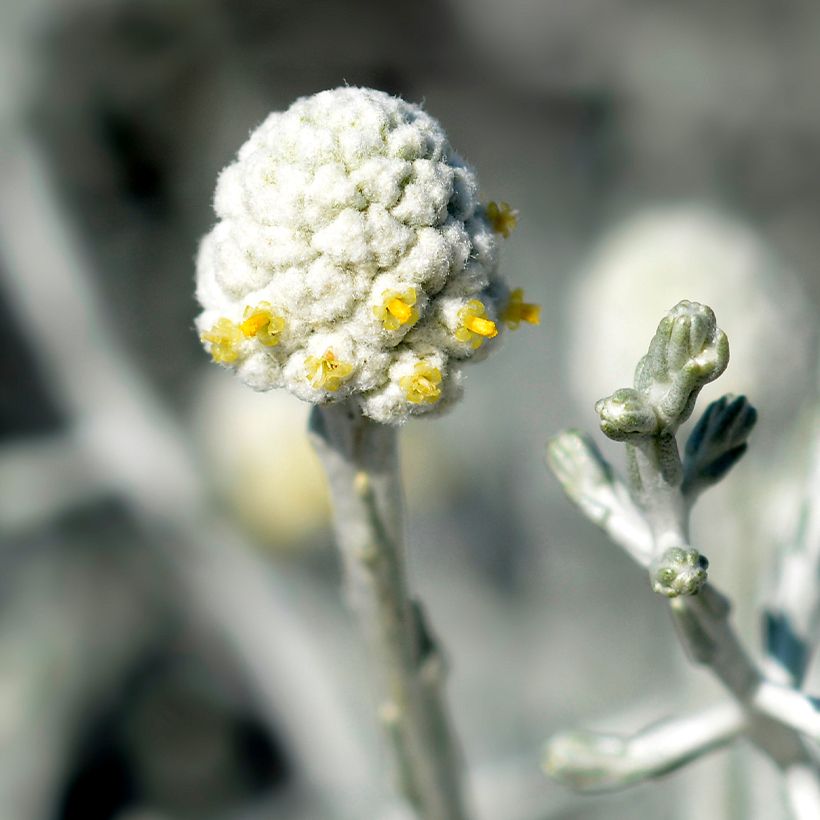

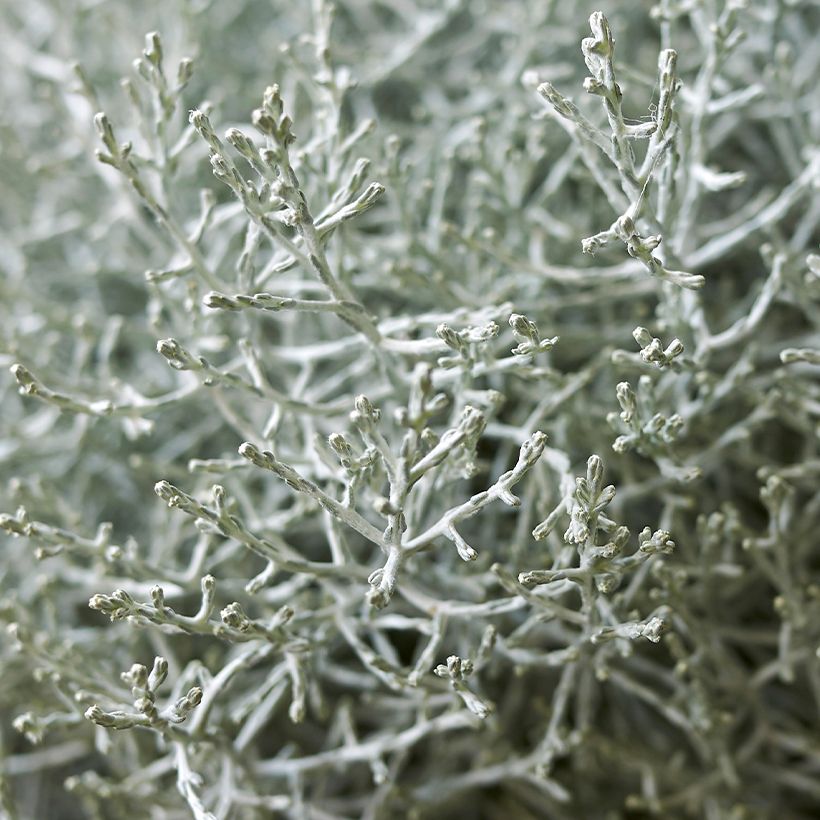

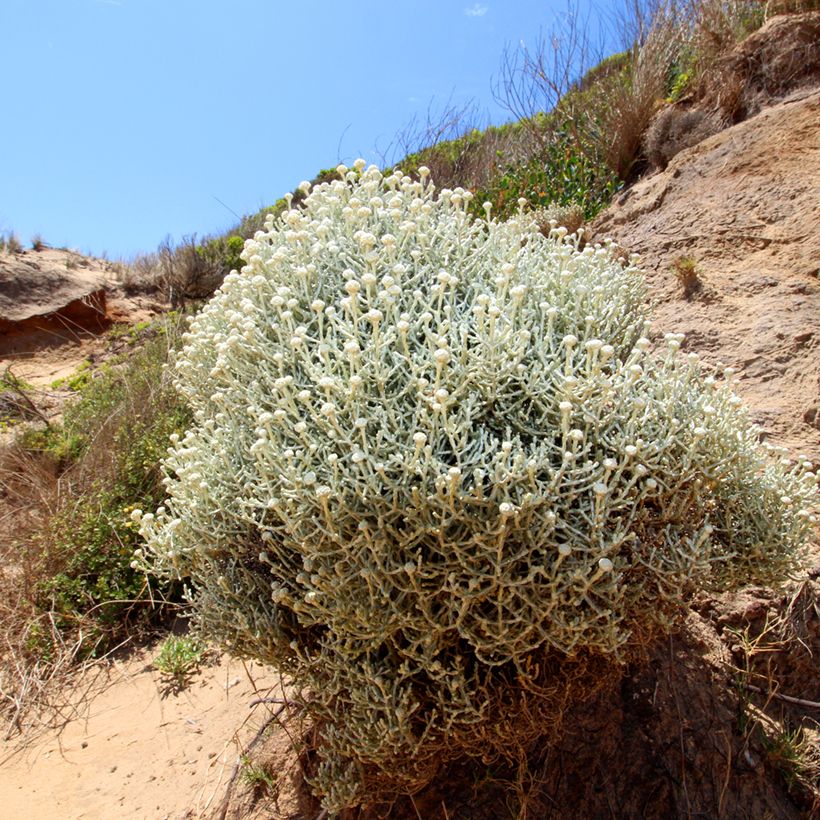

Plant habit
Flowering
Foliage
Botanical data
Leucophyta
brownii
Asteraceae
Cushion Bush, Silver Bush, Cushion Plant
Calocephalus brownii
Australia
Other Perennials A to Z
Planting and care
Plant Leucophyta brownii in spring, after the last frosts, in open ground in very mild climates, or in a large pot elsewhere. Position it in very well-draining soil, possibly mixing coarse sand, gravel, or pumice with your garden soil. The presence of lime is not a problem: in its natural environment, it sometimes grows in sands composed of calcium carbonate. Choose a sheltered, warm, and sunny position. Native to Australia, it tolerates periods of drought well, especially in winter. Moreover, if the soil is not well-draining, it will rot at the collar. Outside, this young plant can withstand brief frosts down to -5 °C in dry conditions.
Planting period
Intended location
Care
This item has not been reviewed yet - be the first to leave a review about it.
Haven't found what you were looking for?
Hardiness is the lowest winter temperature a plant can endure without suffering serious damage or even dying. However, hardiness is affected by location (a sheltered area, such as a patio), protection (winter cover) and soil type (hardiness is improved by well-drained soil).

Photo Sharing Terms & Conditions
In order to encourage gardeners to interact and share their experiences, Promesse de fleurs offers various media enabling content to be uploaded onto its Site - in particular via the ‘Photo sharing’ module.
The User agrees to refrain from:
- Posting any content that is illegal, prejudicial, insulting, racist, inciteful to hatred, revisionist, contrary to public decency, that infringes on privacy or on the privacy rights of third parties, in particular the publicity rights of persons and goods, intellectual property rights, or the right to privacy.
- Submitting content on behalf of a third party;
- Impersonate the identity of a third party and/or publish any personal information about a third party;
In general, the User undertakes to refrain from any unethical behaviour.
All Content (in particular text, comments, files, images, photos, videos, creative works, etc.), which may be subject to property or intellectual property rights, image or other private rights, shall remain the property of the User, subject to the limited rights granted by the terms of the licence granted by Promesse de fleurs as stated below. Users are at liberty to publish or not to publish such Content on the Site, notably via the ‘Photo Sharing’ facility, and accept that this Content shall be made public and freely accessible, notably on the Internet.
Users further acknowledge, undertake to have ,and guarantee that they hold all necessary rights and permissions to publish such material on the Site, in particular with regard to the legislation in force pertaining to any privacy, property, intellectual property, image, or contractual rights, or rights of any other nature. By publishing such Content on the Site, Users acknowledge accepting full liability as publishers of the Content within the meaning of the law, and grant Promesse de fleurs, free of charge, an inclusive, worldwide licence for the said Content for the entire duration of its publication, including all reproduction, representation, up/downloading, displaying, performing, transmission, and storage rights.
Users also grant permission for their name to be linked to the Content and accept that this link may not always be made available.
By engaging in posting material, Users consent to their Content becoming automatically accessible on the Internet, in particular on other sites and/or blogs and/or web pages of the Promesse de fleurs site, including in particular social pages and the Promesse de fleurs catalogue.
Users may secure the removal of entrusted content free of charge by issuing a simple request via our contact form.
The flowering period indicated on our website applies to countries and regions located in USDA zone 8 (France, the United Kingdom, Ireland, the Netherlands, etc.)
It will vary according to where you live:
- In zones 9 to 10 (Italy, Spain, Greece, etc.), flowering will occur about 2 to 4 weeks earlier.
- In zones 6 to 7 (Germany, Poland, Slovenia, and lower mountainous regions), flowering will be delayed by 2 to 3 weeks.
- In zone 5 (Central Europe, Scandinavia), blooming will be delayed by 3 to 5 weeks.
In temperate climates, pruning of spring-flowering shrubs (forsythia, spireas, etc.) should be done just after flowering.
Pruning of summer-flowering shrubs (Indian Lilac, Perovskia, etc.) can be done in winter or spring.
In cold regions as well as with frost-sensitive plants, avoid pruning too early when severe frosts may still occur.
The planting period indicated on our website applies to countries and regions located in USDA zone 8 (France, United Kingdom, Ireland, Netherlands).
It will vary according to where you live:
- In Mediterranean zones (Marseille, Madrid, Milan, etc.), autumn and winter are the best planting periods.
- In continental zones (Strasbourg, Munich, Vienna, etc.), delay planting by 2 to 3 weeks in spring and bring it forward by 2 to 4 weeks in autumn.
- In mountainous regions (the Alps, Pyrenees, Carpathians, etc.), it is best to plant in late spring (May-June) or late summer (August-September).
The harvesting period indicated on our website applies to countries and regions in USDA zone 8 (France, England, Ireland, the Netherlands).
In colder areas (Scandinavia, Poland, Austria...) fruit and vegetable harvests are likely to be delayed by 3-4 weeks.
In warmer areas (Italy, Spain, Greece, etc.), harvesting will probably take place earlier, depending on weather conditions.
The sowing periods indicated on our website apply to countries and regions within USDA Zone 8 (France, UK, Ireland, Netherlands).
In colder areas (Scandinavia, Poland, Austria...), delay any outdoor sowing by 3-4 weeks, or sow under glass.
In warmer climes (Italy, Spain, Greece, etc.), bring outdoor sowing forward by a few weeks.

































